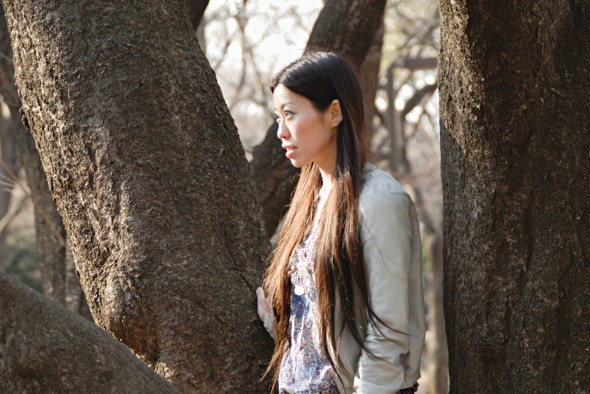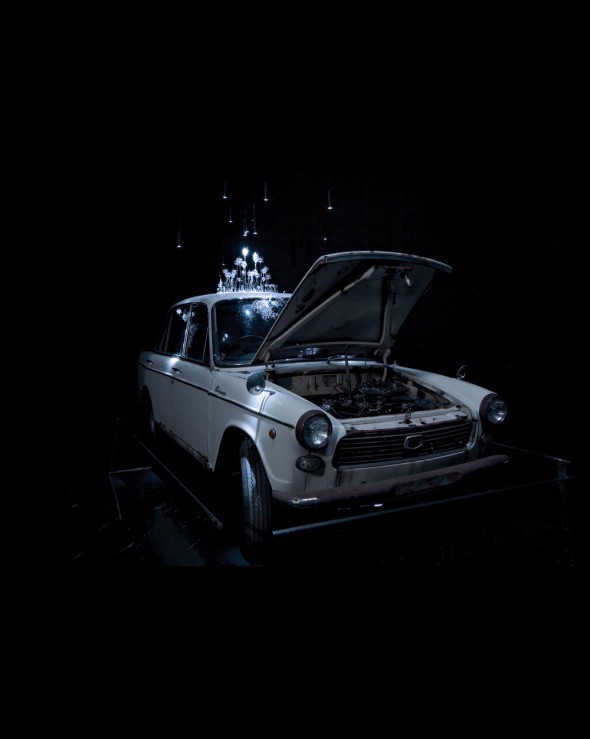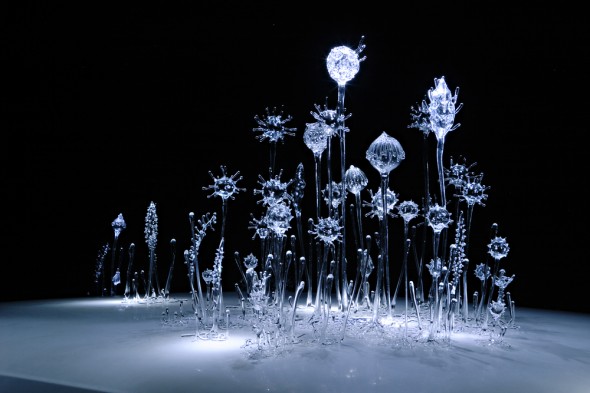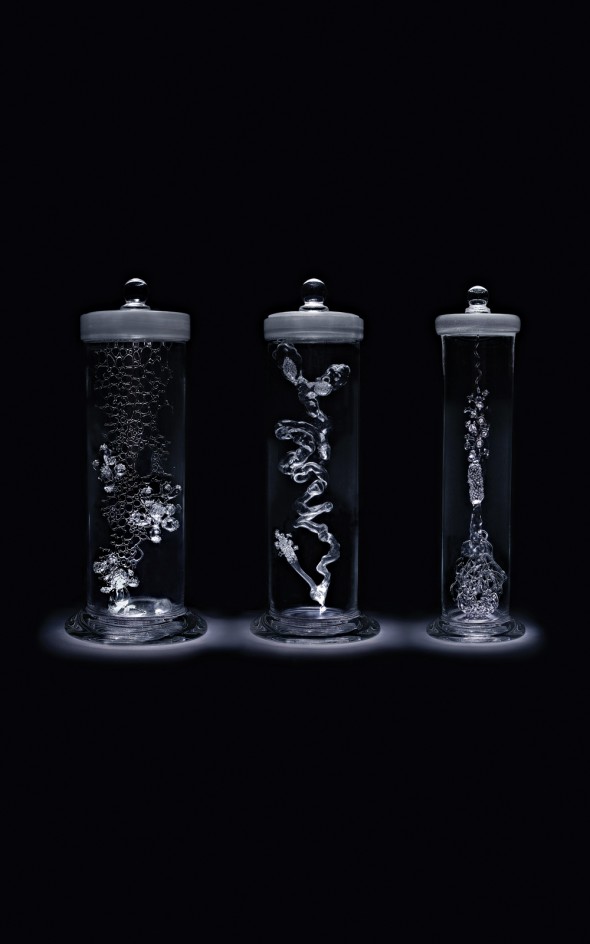
The green movement has picked up steam in recent years, buoyed by the tragedy of natural catastrophes like hurricanes and earthquakes—as if to say, see? our industrialized human actions are truly upsetting the balance of planet earth. Ironically, it is industry itself—in the form of consumer culture—that has helped anchor the green movement into our collective consciousness. How does one “go green” these days? By buying reusable shopping bags; purchasing aluminum water cans instead of disposable plastic water bottles; using recycled toilet paper; driving a Prius, or riding a nice, designer bicycle.
Somewhere in all this, Mother Nature herself has been relegated to the sidelines. And, it’s true that if we keep shoving products in our faces we don’t have to contemplate the immense and frightening cycle of creation and destruction that is the natural world. But, it’s out there—found in the tsunamis and hurricanes and volcanoes and even little microscopic, natural menaces like cancer and AIDS. Like Prince Prospero cloistering himself with his riches, the Masque of the Red Death will always find us in the end.
Japanese sculptor Mika Aoki is not a “green” artist per se. But her work shows a reverence for nature—a longing, even, for the day when we no longer exist, and the delicate thrum of the cosmos can march on, unabated by humans. Her glass sculptures of spore-like shapes seem to be forever in motion, swaying in a quiet wind, or to the deep current of the ocean. The shapes, so delicate and detailed, that they should not have been created by human hands. Surely, only nature could produce objects so rich and alive? But, Aoki’s medium is cold, hard, glass. Alas, her sculptures are not in motion at all. They’re inanimate objects, infused with the semblance of life by the very human efforts of the artist.

Glimpses of “Her songs are floating”
“Her Songs Are Floating” is an ambitious installation piece based around a beautiful, vintage car that has been worn away with rust. Set in a dark room, and dimly lit with blue light, it seems to float as if in a dream. Sprawling clusters of spore-like shapes sprout up through the windshield, side windows and roof of the car—reaching, glistening toward the light above. Through a translator, Nozomi Urayama, Aoki describes this piece like this:
“Everywhere, forms like spores or fungi are growing and propagating. Creatures like transparent worms are creeping in a row. From the surface of the roof to the air above it, plants are growing, and their roots are spreading downward from the ceiling of the car. When you sit in the car seat, you feel as if you and the car are sunk at the bottom of the sea…Transparent creatures [illuminated] by the moonlight glitter calmly…Various feelings [and] memories that dwell within dying things grow quietly and start sprinkling invisible spores. The activity encircles the whole space, as if the girl who used to own this car is still singing there. Transparent lives that accept everything, repeatedly join and split inside of their bodies, absorb space and grow.”

Glimpses of “Her songs are floating” (Detail)
This statement is fittingly obscure. Is the girl who used to own the car long since dead? Perhaps she has grown up, and left her girlish past behind—as she grows older, she marches ever closer to death. And, like all dying things, she leaves fragments of feelings and memories behind. If these memories were made concrete, perhaps they would look like this rusted up car, exquisitely infested with glass spores and fungi, sunk to the bottom of someone’s unconscious. “Her Songs Are Floating” is a beautiful piece, somehow nostalgic and futuristic at the same time. It captures a sense of unobtainable yearning—cloaked in shadow and splashes of ethereal light, it looks no more substantial than a hologram.
Aoki’s technical skill can be, at least in part, attributed to her education at the prestigious Musashino Art University’s (MAU) School of Industrial, Interior and Craft Design. (MAU’s distinguished graduates include, interestingly enough, Yuko Shimizu, the creator of Hello Kitty). Perhaps it was here that Aoki honed her ability to masterfully contextualize an object to achieve a specific emotional effect. People relate to things—we can have emotional attachments to objects.

Pieces from Aoki’s “flucuation of life” exhibit in 2010
In using the motifs of spores and vegetation to express emotional memory, Aoki marries human experience with the quiet tenacity of nature. Mass-produced goods, even if they are recycled and biodegradable, are by nature disposable (or recyclable), and lack value—they symbolize human control over our environments. Aoki’s sculptures, in their intricacy, seem almost alive, and for this reason alone they have emotional weight. Because she understands the psychological potential of objects, Aoki’s work offers an antidote to the consumer-centric arm of the “green” movement. Many of her pieces feature the glass spore shapes breaking through other glass objects: syringes, tables, jars—like mushrooms sprouting through concrete. In our urban environments, we are unaccustomed to feeling the belittling awe of nature. Aoki’s sculptures might just help us bridge this gap.
-Anne Keehn

